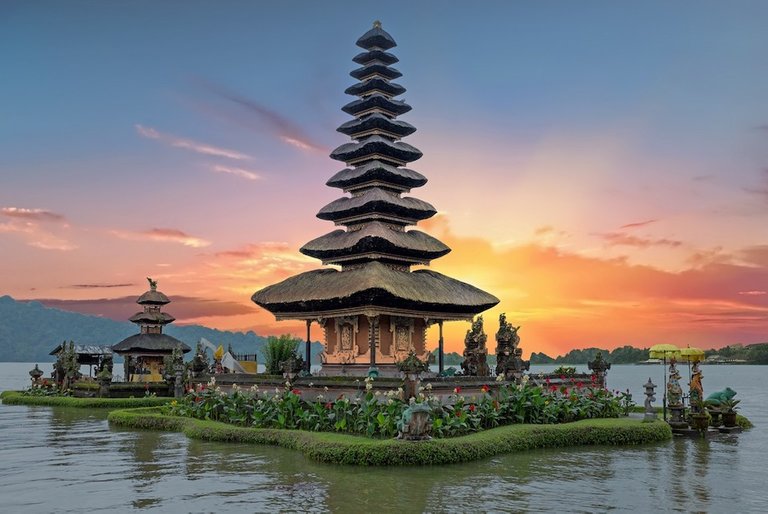
A toast to the land of a myriad adventures, traditional feasts and ceremonies… to a land also of a million moods and ‘Mades’
Sridhar Subramaniam
Bali beckoned us enticingly. Our consciousness was being impinged by subliminal messages about what Bali had to offer—from the pristine beaches to the exotic temples. We resolved that the time had come to have that tryst with this fabulous island, which was the most popular destination of all the Islands comprising the Indonesian Archipalego.
We had a comfortable flight by Garuda Indonesia from Melbourne to Jakarta and then we changed plane to reach Ngurah Rai Airport at Denpasar in Bali. The Denpasar airport is named after I Gusti Ngurah Rai, a Balinese hero who died in 1946 in a puputan (fight to the death) against the Dutch at Marga in Tabanan. The Dutch defeated his company with air support, killing Ngurah Rai and 95 others during the Indonesian Revolution in 1945.
Bali has visitors from all over the world but Aussies flock to this island in droves. Reason—it is close to Australia, offers everything from snorkelling to surfing and value for money for the Australian Dollar. Seminyak, Ubud, Kuta and Nusa Dua are popular haunts.
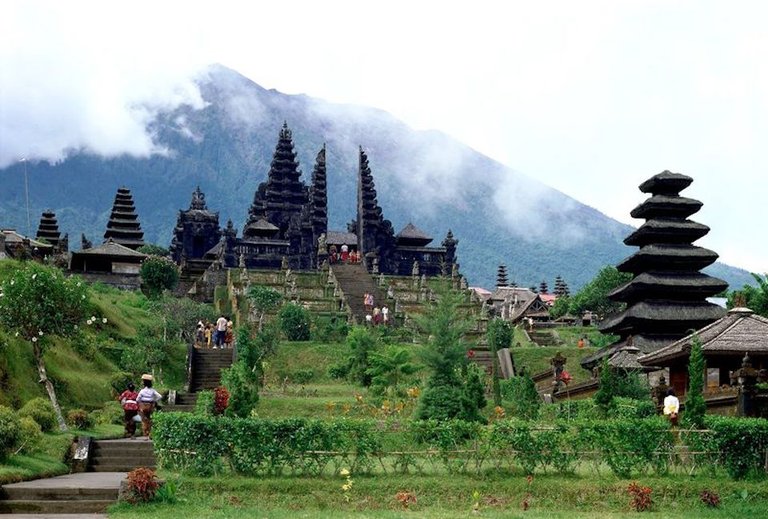
The Balinese are devout people. The island is predominantly Hindu, though Indonesia is one of the most populous Islamic nation. We went at a time when the festivities were on. The festival of Galungan and Kuningan was on and the whole island wore a festive look. The Balinese celebrate the day of Galungan, which commemorates the triumph of Dharma over Adharma or good against evil. This observance comes twice in a year. The Balinese use a 210 day calendar system known as the Pawukon and that is the basis for their daily rituals, temple anniversaries and holidays. Galungan is again celebrated in Dec.
Galungan festivity starts on May 29 when bamboo poles decorated with young coconut leaf decorations line the streets all over Bali. This is a unique welcome to the city if you happen to be around Bali then, and it usually last until Kuningan, another associated observance that comes 10 days after on June 9. Pigs are slaughtered for communal feasts, as well as baking traditional rice cakes and erecting iconic “penjor” bamboo poles. These intricately decorated poles, naturally curved at the top comprise harvest items such as rice, fruits, coconuts and coconut leaves. The men of the households erect their “artwork” at each household gate on the eve and this results in an impressive and spectacular sight across Bali. The families in traditional attire attend temple ceremonies.
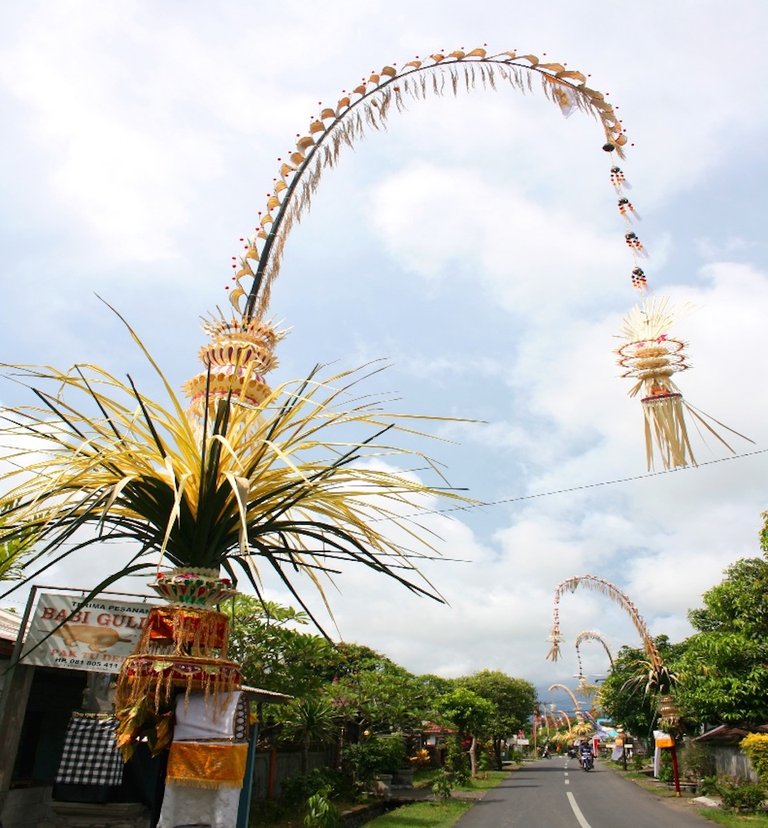
A tastefully decorated Penjor
Galungan is very important to the Balinese, akin to the New Year when every returns to their families and home village. Kuningan marks the end of the 10-day festival. The Kuningan ceremony is marked by special offerings made of yellow turmeric rice. Yellow is also the colour of Lord Wisnu, the Preserver in the Hindu Trinity of Gods.
Kuningan Procession
We also saw several Barong processions during these festivities. They come with accompaniments of musical instruments and stop in front of each house and it is believed they rid the household of evil spirits.
Balinese are fond of food and the popular dishes are Nasi Goren (rice), Mie Goreng (noodles) but the most popular is Babi Guling—roasted pig. You can try them in Warungs (local eateries) which serve Balinese cuisine.

The temples you should not are Tannah Lot and Besakih. Besakih Temple is on the foothills of the volcano Mt. Agung, which spewed hot ash last week and caused quite a stir. Besakih temple is beautiful and the has for its backdrop the Mt gung.
Other attractions are the Sacred Monkey forest in Ubud and the Ulun Danu Temple and Lake Beratan in North Bali.
There is also Kintamani and Mt Batur, the other dormant volcano. The rice terrace of Tegalalang is breathtaking.
The Beaches in Nusa Dua in the South of the Island are absolutely stunning. You can also take the fast boat to the Island of Lembongan which has another pristine white sand beach called Pantai Mahagiri, which is beautiful.
You can also do shopping in Seminyak or Sukhawati and drive hard bargains.
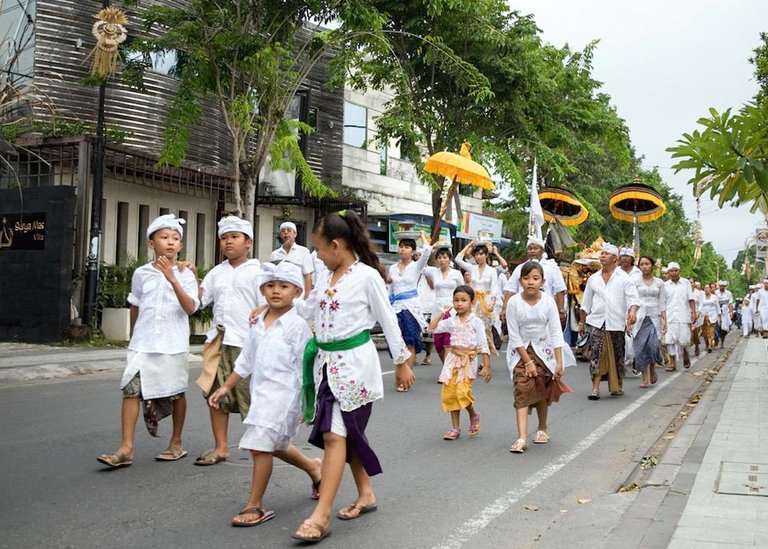
But the highlight of our holiday was our 45-minute tour to the depths of the ocean on the submarine Odyssey. You can go to Amok Bay in Karangasem to do this. We saw a shipwreck, shoals of fish and corals and it was breathtaking. We went about 200 feet below the surface and almost touched the ocean floor
The Balinese are very nice people and very cordial to visitors. The whole island is geared for tourism, which is one of their mainstays and their main revenue earner.
The Balinese are proud of their Hindu heritage. One unique thing that I observed is the way they name their children. Every first born is Wayan, the second child is Made, the third is Nyoman, and the fourth is Ketut. The fifth is again Wayan. So you will find several Wayans and Mades.
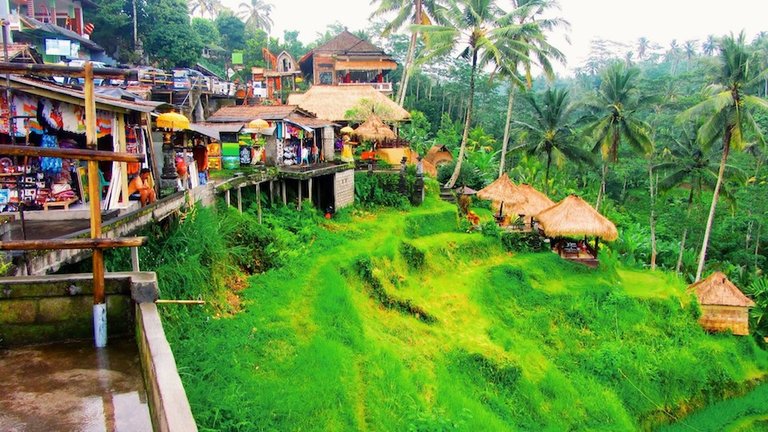
The have the same social structure—the Brahmins, the Kshatriyas, the Vysyas and the Sudras and there is absolute harmony in the social structure.
But everyone goes out of the way to make you comfortable. So to say Thank You in Balinese, we say Sookshma, and they will respond by saying Sookshma Mawali.
Sookshma Bali!
Posted from my blog with SteemPress : http://www.theindiansun.com.au/2018/07/20/in-the-blues-of-bali/